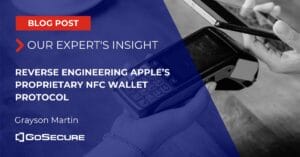
GoSecure Appoints Eric Rochette to Chief Technology Officer (CTO)
GoSecure, a leading provider of managed detection and response solutions along with expert professional services, proudly announces the promotion...
GoSecure Titan® Managed Extended Detection & Response (MXDR)
GoSecure Titan® Managed Extended Detection & Response (MXDR) Foundation
GoSecure Titan® Vulnerability Management as a Service (VMaaS)
GoSecure Titan® Managed Security Information & Event Monitoring (Managed SIEM)
GoSecure Titan® Managed Perimeter Defense (MPD)
GoSecure Titan® Inbox Detection and Response (IDR)
GoSecure Titan® Secure Email Gateway (SEG)
GoSecure Titan® Threat Modeler
GoSecure Titan® Identity
GoSecure Professional Security Services
Incident Response Services
Security Maturity Assessment
Privacy Services
PCI DSS Services
Penetration Testing Services
Security Operations

GoSecure MXDR for Microsoft
Comprehensive visibility and response within your Microsoft security environment
USE CASES
Risk-Based Security Measures
Safeguard sensitive information
Make informed decisions
Fulfill regulatory obligations
A valuable risk management strategy
Combat ransomware with innovative security
Halt zero-day exploits with advanced protection
Get ahead and win the race with the GoSecure Titan® Platform
24/7 MXDR FOUNDATION
GoSecure Titan® Endpoint Detection and Response (EDR)
GoSecure Titan® Next Generation Antivirus (NGAV)
GoSecure Titan® Security Information & Event Monitoring (SIEM)
GoSecure Titan® Inbox Detection and Reponse (IDR)
GoSecure Titan® Intelligence

ABOUT GOSECURE
GoSecure is a recognized cybersecurity leader and innovator, pioneering the integration of endpoint, network, and email threat detection into a single Managed Extended Detection and Response (MXDR) service. For over 20 years, GoSecure has been helping customers better understand their security gaps and improve their organizational risk and security maturity through MXDR and Professional Services solutions delivered by one of the most trusted and skilled teams in the industry.
EVENT CALENDAR
LATEST PRESS RELEASE
GoSecure, a leading provider of managed detection and response solutions along with expert professional services, proudly announces the promotion...
GOSECURE BLOG
In December 2024, GoSecure Threat Hunters have...
Following a recent advisory from the...
In November 2024, GoSecure Threat Hunters have...
RESOURCES
SECURITY ADVISORIES
Recent events have highlighted a critical security disclosure involving Fortinet devices. A hacker...
In December 2024, GoSecure Threat Hunters have identified a concerning use of remote access...
 In September 2024, GoSecure Threat Hunters selected a critical vulnerability, CVE-2024-37085, affecting VMware ESXi hypervisors. This vulnerability, which allows for privilege escalation, could give attackers administrative access to ESXi hosts. Such access could lead to ransomware deployment, data theft, and control over key assets within virtual environments.
In September 2024, GoSecure Threat Hunters selected a critical vulnerability, CVE-2024-37085, affecting VMware ESXi hypervisors. This vulnerability, which allows for privilege escalation, could give attackers administrative access to ESXi hosts. Such access could lead to ransomware deployment, data theft, and control over key assets within virtual environments.
 Near-Field Communication (NFC), a technology behind tap-to-pay credit cards, has evolved significantly since the iPhone 7 in 2016. This tech now powers a range of applications, from mobile payments to access control and event ticketing, making daily interactions more convenient. However, Apple’s strict control over NFC in iPhones, requiring costly fees and agreements for access, has sparked efforts to decode their proprietary system. This summary highlights both the expansive potential of NFC and the challenges posed by Apple’s restrictive policies.
Near-Field Communication (NFC), a technology behind tap-to-pay credit cards, has evolved significantly since the iPhone 7 in 2016. This tech now powers a range of applications, from mobile payments to access control and event ticketing, making daily interactions more convenient. However, Apple’s strict control over NFC in iPhones, requiring costly fees and agreements for access, has sparked efforts to decode their proprietary system. This summary highlights both the expansive potential of NFC and the challenges posed by Apple’s restrictive policies.
 In our previous blog post, we looked at different (free and paid) solutions to detect the use of anonymity tools during attacks executed on our Remote Desktop Protocol (RDP) honeypots. Confronted with inconclusive outcomes, this blog post aims to evaluate the different proxy detector tools by analyzing their results with our dataset of Truth.
In our previous blog post, we looked at different (free and paid) solutions to detect the use of anonymity tools during attacks executed on our Remote Desktop Protocol (RDP) honeypots. Confronted with inconclusive outcomes, this blog post aims to evaluate the different proxy detector tools by analyzing their results with our dataset of Truth.
 A staggering 87% of people believe that malicious hackers possess exceptional computer skills. One might assume they would predominantly use anonymity networks like Tor to mask their true identities. However, our study reveals that attackers share the same browser preferences as the general population and choose it in relation to their malicious intentions. In this blog, we explore the nuances of browser choices made by attackers who have compromised a system.
A staggering 87% of people believe that malicious hackers possess exceptional computer skills. One might assume they would predominantly use anonymity networks like Tor to mask their true identities. However, our study reveals that attackers share the same browser preferences as the general population and choose it in relation to their malicious intentions. In this blog, we explore the nuances of browser choices made by attackers who have compromised a system.
 For most people, keys are simple yet magical objects: They grant access to places you belong and keep you out of places you don’t. But did you know that anyone could easily make a copy of a key from a simple picture? Suddenly, something as ordinary as a key becomes a security risk. Through the eyes of a penetration tester, keys represent more than just access; they are vulnerabilities waiting to be exploited.
For most people, keys are simple yet magical objects: They grant access to places you belong and keep you out of places you don’t. But did you know that anyone could easily make a copy of a key from a simple picture? Suddenly, something as ordinary as a key becomes a security risk. Through the eyes of a penetration tester, keys represent more than just access; they are vulnerabilities waiting to be exploited.